Bonsai: The Extraordinary Art of Miniature Trees
Have you ever wondered how a tree can be smaller than your coffee mug, yet live for hundreds of years? Welcome to the magical world of bonsai – an ancient art form that transforms ordinary trees into living masterpieces.
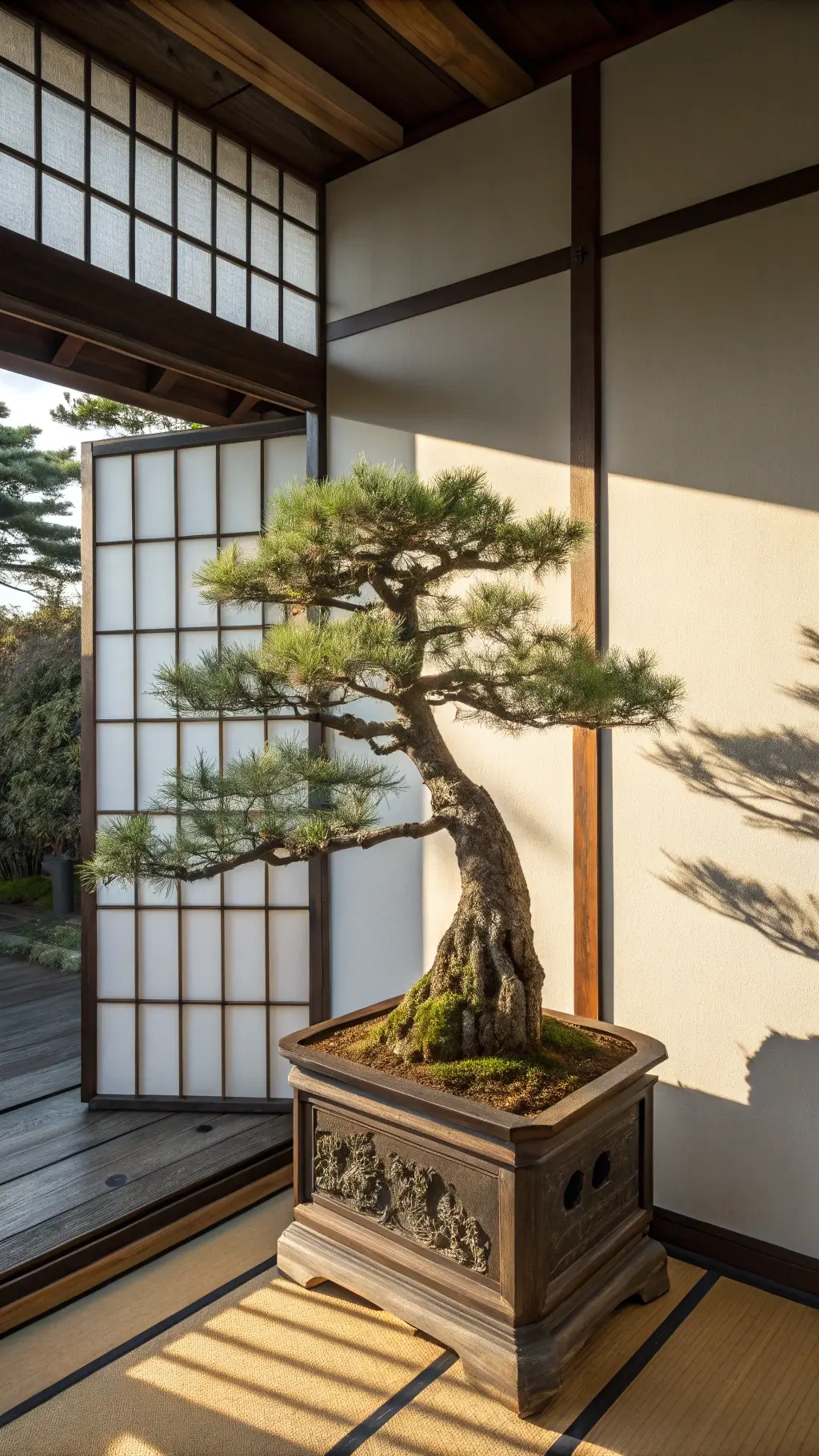
The Ancient Origins of Bonsai
Imagine a thousand years ago in China, where the first whispers of “pun-sai” began. This is where our incredible journey of miniature trees started.
Key Historical Milestones:
- Originated in China over 1,000 years ago
- Introduced to Japan around 700-800 CE by Buddhist monks
- Became a respected art form by the 14th century
- Gained widespread popularity in the 18th-19th centuries
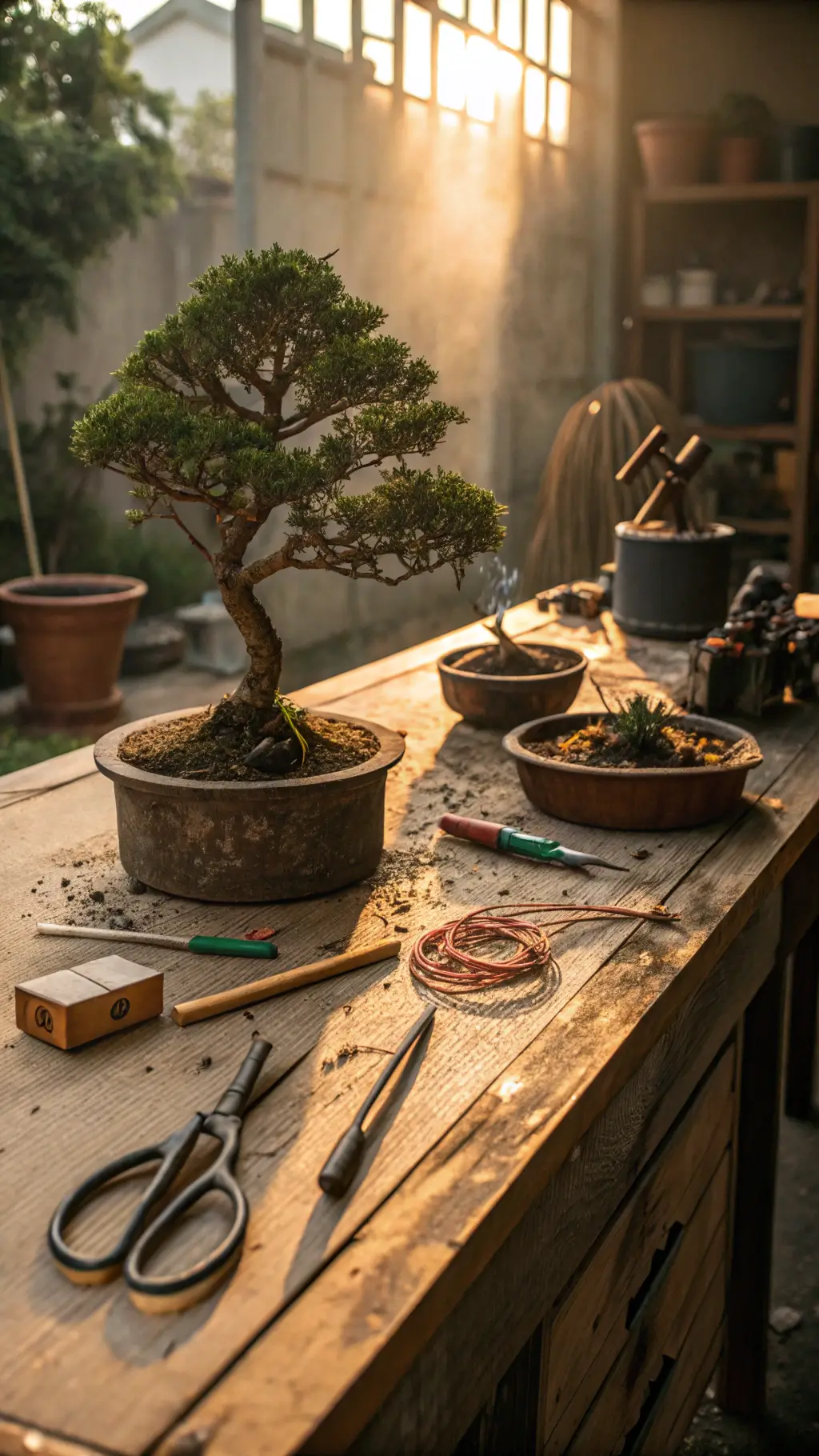
Mind-Blowing Bonsai Facts That Will Amaze You
Size Matters (But Not How You Think!)
Bonsai Size Spectrum:
- Smallest bonsai (“keshitsubo”): Under 1 inch tall
- Largest bonsai: Up to 80 inches tall
- Requires multiple people to move large specimens

Incredible Longevity
Did You Know?
- Some bonsai trees are over 1,000 years old
- Can potentially live for hundreds of years with proper care
- Most expensive bonsai have sold for over $1 million
A Survivor’s Tale
One of the most incredible bonsai stories comes from Hiroshima. A 390-year-old white pine bonsai survived the atomic bombing, symbolizing resilience and hope.
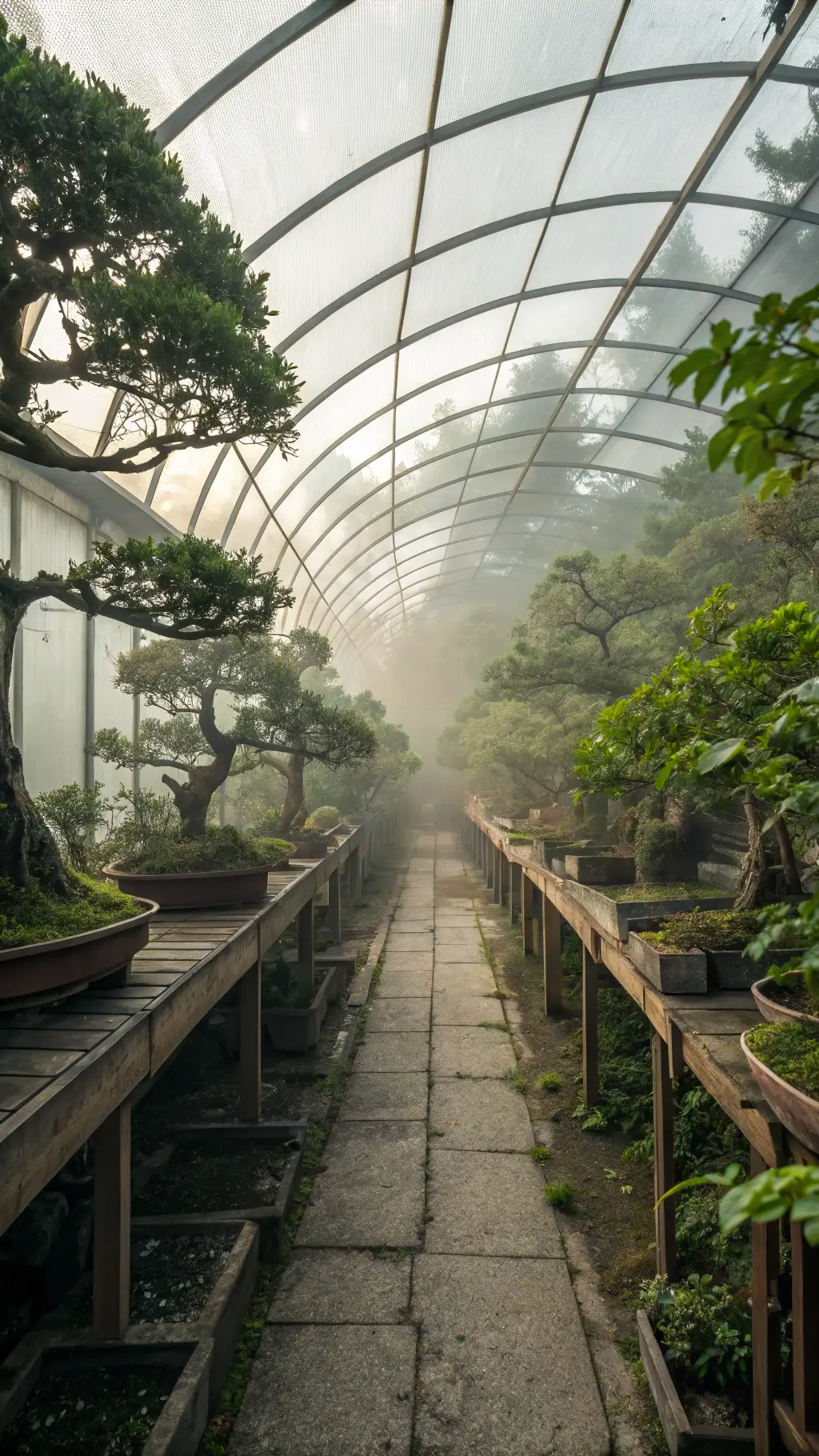
The Intricate Art of Bonsai Creation
Bonsai isn’t about genetically modified tiny trees. It’s a meticulous art of training and shaping normal trees to remain small.
Essential Bonsai Techniques:
- Precise pruning of branches and roots
- Careful wiring to shape trunk and branches
- Specialized soil for optimal drainage
- Defoliation to create smaller leaves
- Regular repotting (every 1-5 years)
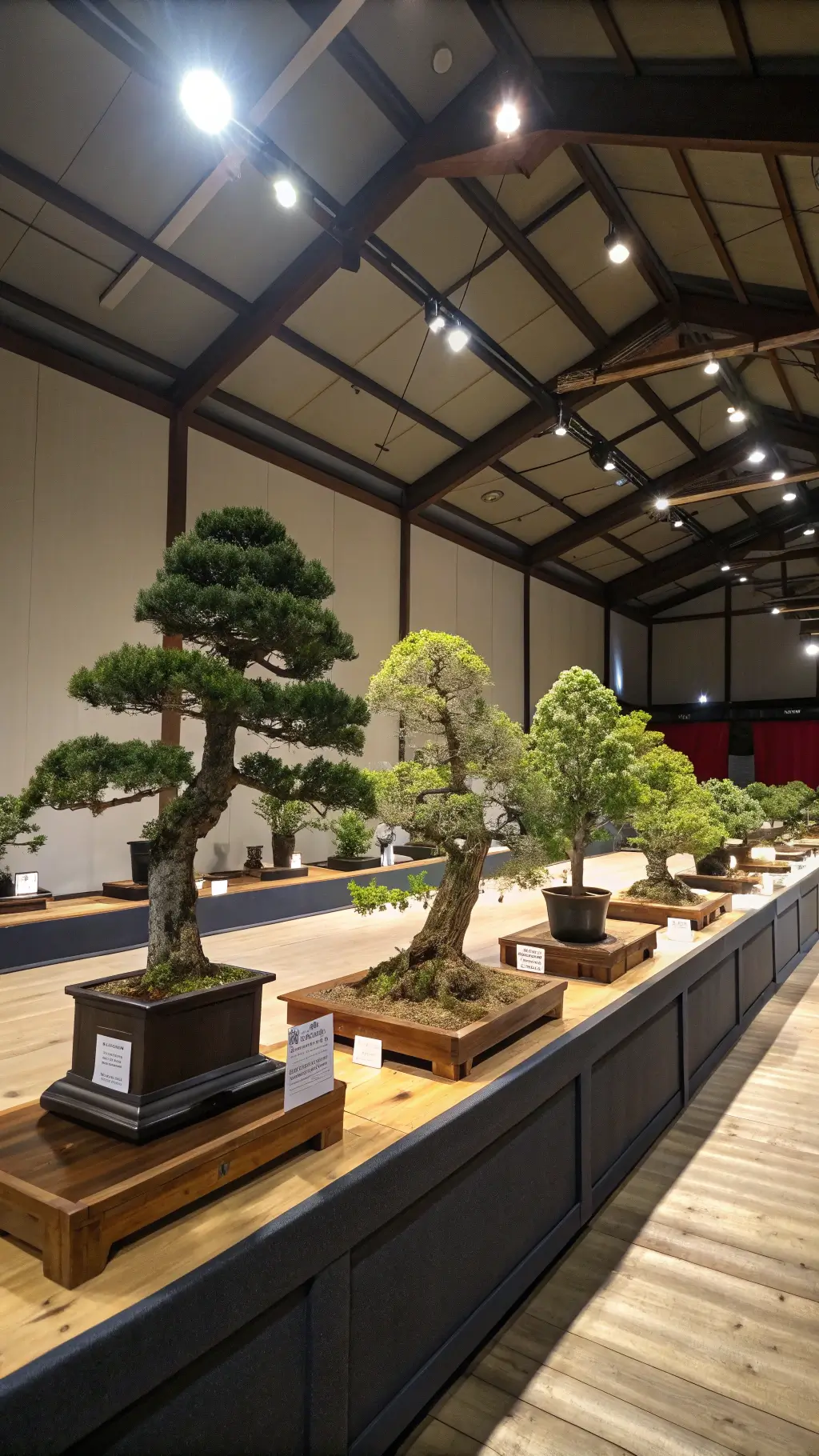
Care Essentials
Bonsai Survival Guide:
- Mostly outdoor plants
- Require consistent sunlight
- Need careful, regular watering
- Specialized maintenance techniques
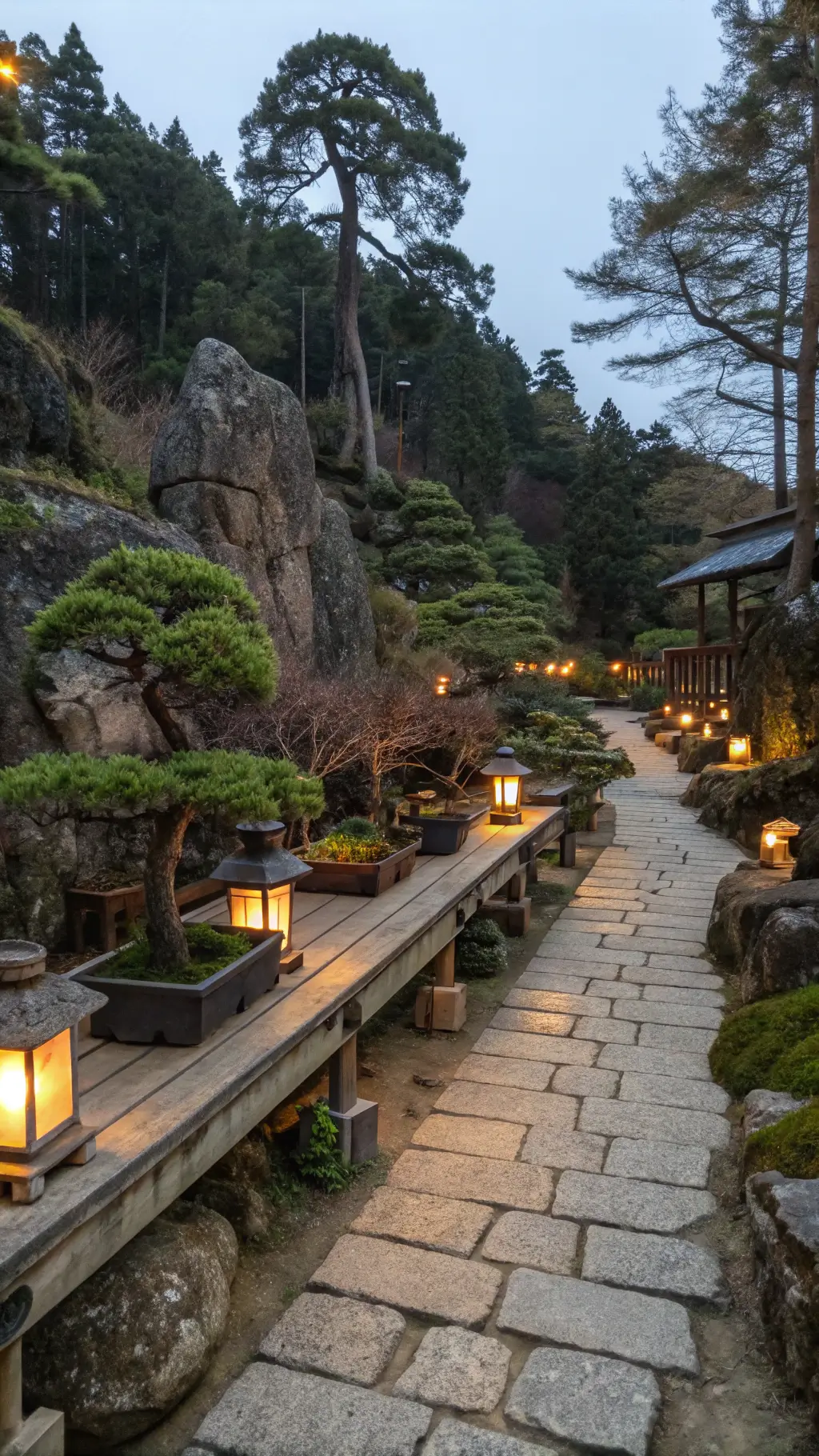
Cultural Significance
In Japan, bonsai is more than a hobby – it’s a cherished tradition. Families would pass down prized bonsai as precious heirlooms, each tree telling a generational story.
Traditional Display
Bonsai are traditionally displayed on special stands or in alcoves, transforming them from mere plants to living art pieces.
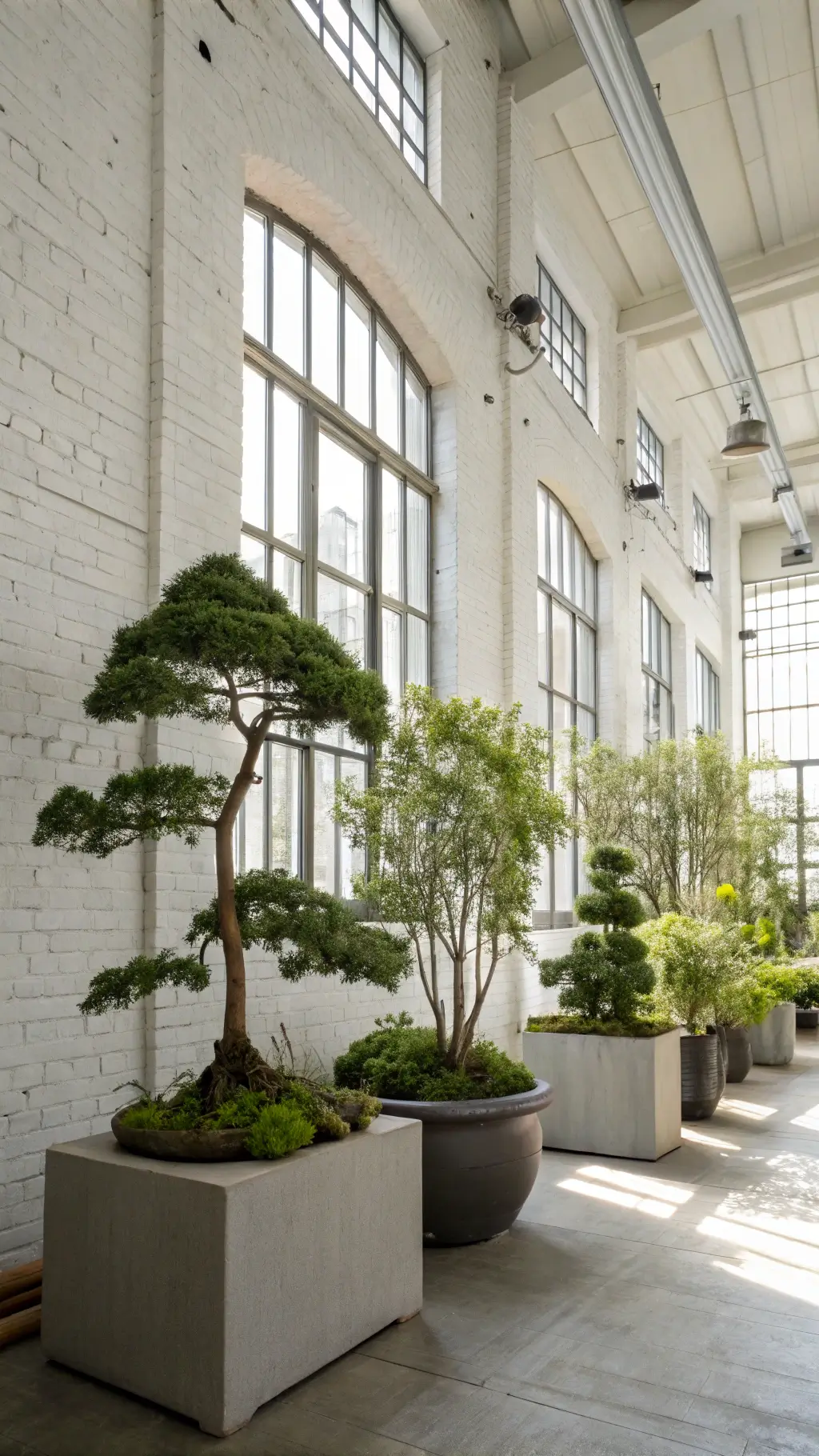
Why Bonsai Continues to Captivate
Bonsai represents patience, discipline, and the incredible potential of nature. It’s a living testament to human creativity and our ability to collaborate with the natural world.
Pro Tip: If you’re considering starting your bonsai journey, remember – it’s not just about growing a tree. It’s about nurturing a living sculpture that can potentially outlive you.
Final Thoughts
From ancient Chinese gardens to modern living rooms worldwide, bonsai continues to inspire and amaze. It’s a reminder that beauty isn’t about size, but about careful cultivation, patience, and respect for nature.
Ready to start your own miniature tree adventure?
